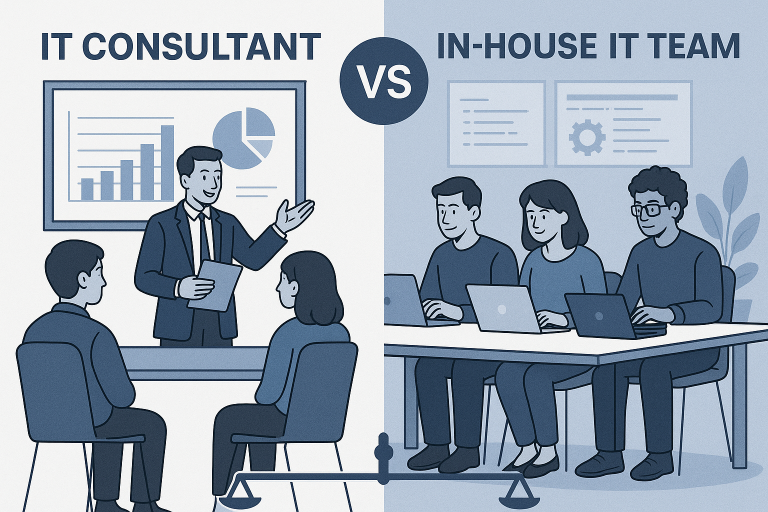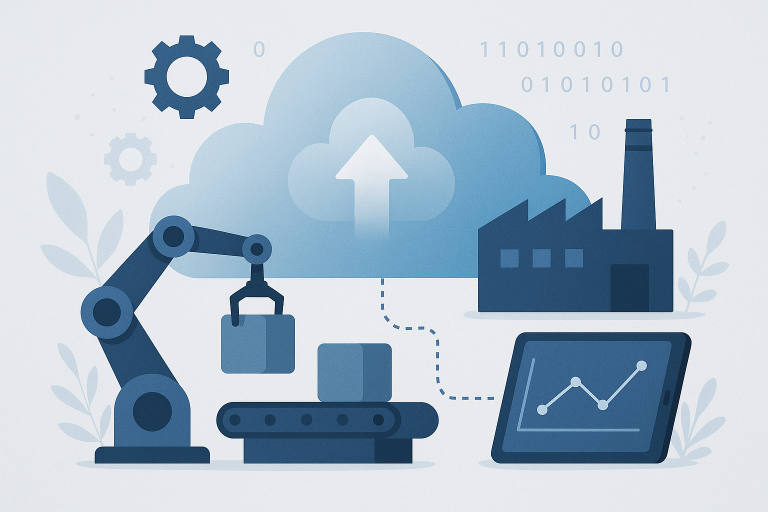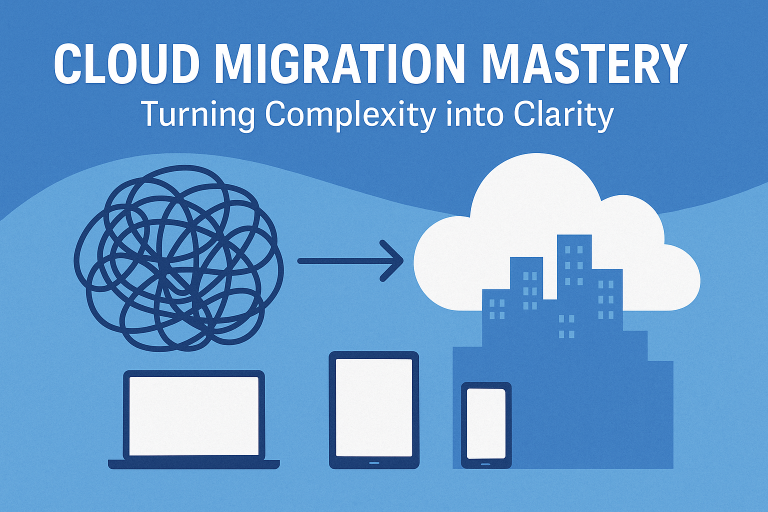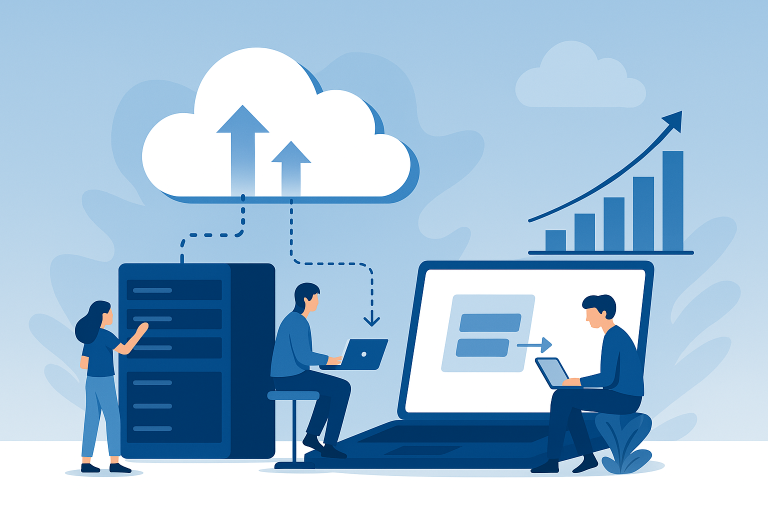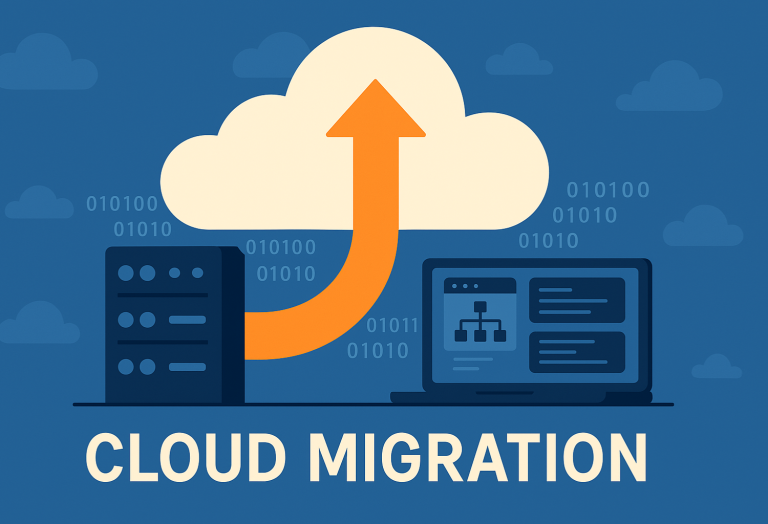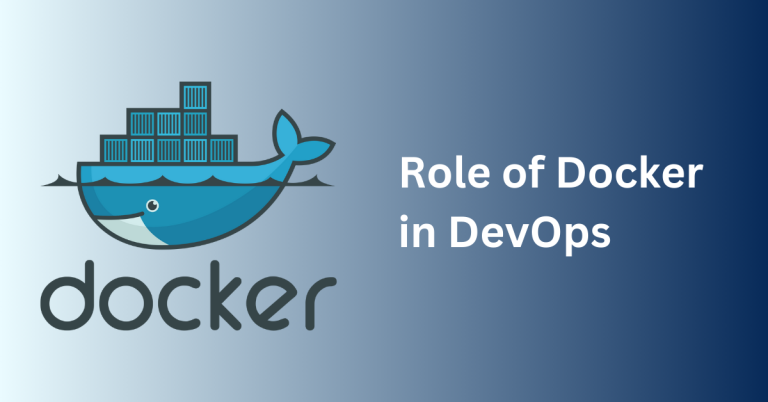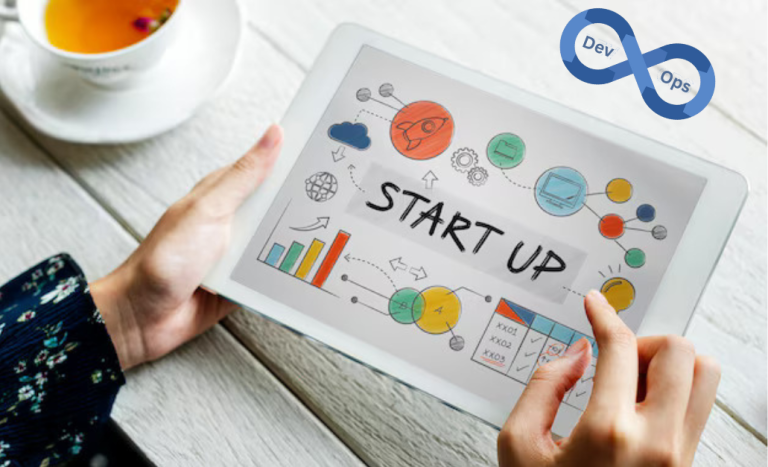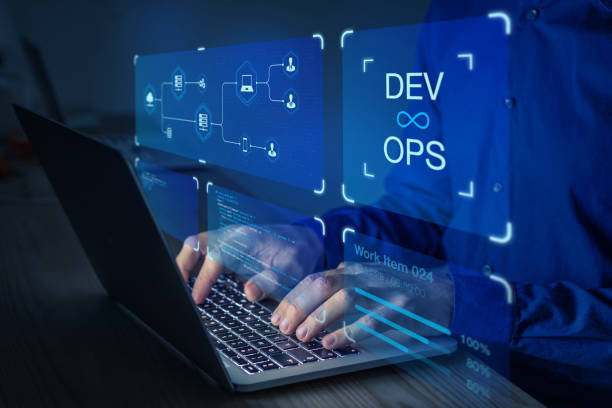2020 was a year of pandemic, lockdown, economic disturbances. Most organizations have to modify or upgrade their work culture, adopt a digitization and remote working environment, and sustain. It’s the managed service providers who play a vital role in helping organizations in technology adaptation, automation, cybersecurity, and providing proper training to the workforce to adopt changes. The tremendous outgrowth in digitization efforts to support remote working culture and deliver essential services pushes the organizations to avail the services of managed service providers.
Managed IT Service providers enable a business to outsource certain business processes and functions to make the business processes more efficient and optimize costs. Therefore, in-house resources can focus on primary operations, which increase their productivity and efficiency. In the new normal situation, managed services enable the business to maintain seamless operations with remote management. Managed Service Providers (MSPs) help enterprises adopt cloud-based online services and online working platforms to sustain and flourish with smooth and seamless technology adaptation.
Several organizations are looking for a successful transition to full remote work culture to continue an uninterrupted working and service facility. Managed service providers are continuously upgrading their service strategy to accommodate the changed requirements of their clients. Here are the top five managed service trends for better service facilities in 2021.
1. Artificial Intelligence
Artificial Intelligence (AI) is an efficient technology that can automate regular tasks, reduce operational costs, increase efficiency, improve revenue generation, and improve customer experience. AI-based automation helps to tackle boring day-to-day obligations or even can take care of frequently asked customer queries. Using AI-driven programs, companies can offer 24*7 services to take care of the basic customer queries, appointment booking, ticket booking, and so on. With thoughtful utilization of AI and ML, business processes can be streamlined and efficiently maintained.
With better business intelligence tools, your in-house workforce can focus their time and energy on value-adding services that will have a greater impact on the business.
2. IoT and Blockchain
Incorporating the Internet of Things (IoT) enables you to collect vital data from the network and perform advanced analytics to identify business opportunities, reduce operational costs, and so on. IoT even enables you to predict business requirements before they actually arise. It also expands the monitoring facility across multiple layers of IT infrastructure and network used by your employees and customers. Therefore, IoT services can be used to improve connectivity, capabilities to predict and act, monitoring system, along fine-tuning of services and products.
IoT allows devices across the secured network to send data to blockchain networks for the creation of tamper-resistant records of shared transactions. This information enables businesses to share and access IoT data with their partners. Blockchain-driven applications are beneficial and efficient for the finance and banking sectors; managed service providers are using technology to serve many emerging business and technology areas.
3. Internet of Behaviors (IoB)
After the pandemic, organizations are trying to have an IT infrastructure that can continue even in disruptions. In new normal, managed IT services are working to incorporate new technologies to provide better services depending on the customers’ requirement.
With growing customer activates and behaviours online, companies are busy incorporating intelligence tools and application that enable them to identify and analyse these behavioural events and utilize that information for a positive outcome. For instance — a health app on a smartphone tracks the sleep patterns, heart rate, calorie burn, or blood sugar levels. Using that data, the app can alert the person about adverse situations and suggest behavioural modifications to overcome the situation or avoid major harm. Primarily, the Internet of behaviours (IoB) is focused on technologies that use facial recognition, physical movements, location tracking, big data, etc. Then the collected data is associated with behavioural events to build a useful pattern that enables you to predict or/and influence customers’ behaviour.
4. Distributed Cloud
Distributed cloud is an improved version of a public cloud computing service that enables the users to run public cloud infrastructure in multiple locations including your cloud provider’s infrastructure and premises, other cloud providers’ data centres or third-party data centres, etc. and manage the whole system from a single control centre. A distributed cloud computing service’s main focus is to deliver public cloud services everywhere—a business’ actual place of data collection or business activities.
The key benefits of using distributed cloud services are minimized downtime, cost-efficiency, agility in business infrastructure, and mandatory data residency requirements. Distributed cloud is a useful measure to resolve operational and management inconsistencies. In the case of distributed cloud services, the main operations, governance, evolution of cloud delivery services are taken care of by public cloud providers; still, the service is delivered at the ‘point of need’.
5. Cybersecurity Mesh
Cybersecurity mesh is a comparatively new approach to provide optimum security service to support remote working infrastructure. This is a distributed architectural security approach to flexible, scalable, and reliable cybersecurity control. The security mesh is going to be a compulsory component of the anywhere operations movement. When you have to provide secure access to all the remotely working employees to the digital assets irrespective of their location—the mesh is the most secure method for your asset and the user trying to access it.
In the current situation, multiple assets and work strategy cannot be protected with the traditional security perimeter; you need efficient security service to protect the cloud asset, container, mobile devices and application, tablet, Internet of Things (IoT)/Internet of Behaviros (IoB), Bring your own device (BYOD), and so on. Therefore, cybersecurity mesh has become essential as it provides a security perimeter specified for a particular person or thing. Whether the user is using proprietary hardware or software or accessing cloud applications from a device outside operational control– the security mesh will protect both the proprietary assets and the user’s activity. It facilitates a more modular, effective and responsive security approach by centralizing policy orchestration and distributing policy enforcement.
Key takeaways:
Industry standards and regulations are ever-changing—technologies are always evolving. With the changing requirement of the businesses, the tech-trend is changing day-by-day. But it’s hard for any business to hire professional for every new technology and get experts of new skills in-house. Therefore, managed service providers are the best solution for them to incorporate the latest technologies and tools into businesses. This is why a managed service provider has become a must-have for fast-scaling enterprises.
